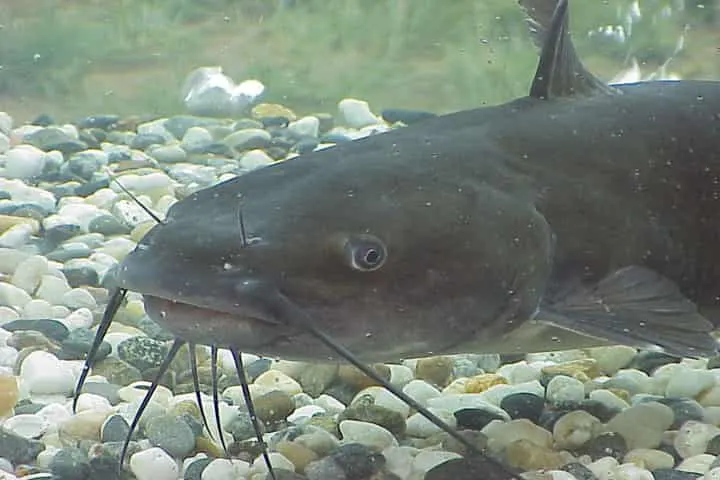Who would have thought that the sounds made in the depths of water by varied creatures could be conversation or discussion between members of the same species? As per a report in sciencealert.com, there are all types of moans, croaks and chirps in the water and surprisingly the ones making the most noise in places like reefs are the fishes.
Talking about this, ecologist Aaron Rice from Cornell University observed: "We've known for a long time that some fish make sounds, but fish sounds were always perceived as rare oddities.”
It was thought that fish conversed or passed information to each other through body language or colour signals or electricity. Discoveries which have been done recently show that fish have choruses for both dawn and dusk, quite like the birds.
As per Andrew Bass, who is an evolutionary neuroscientist at Cornell: "They've probably been overlooked because fishes are not easily heard or seen, and the science of underwater acoustic communication has primarily focused on whales and dolphins. But fishes have voices too."
In fact some of their sounds are like the most magnificent foghorn.
Going through data and records of anatomical descriptions, sound recordings, and vocal accounts, Rice along with his colleagues was able to identify a number of physiological attributes that enabled the ray-finned group of fishes to make sounds without vocal cords. There are 34,000 living species of this group.
Sharing details about this, Rice informed Syfy Wire: "They can grind their teeth or make movement noise in the water, and we do see a number of specializations that are involved. Probably the most common adaptation are muscles associated with swim bladders. In fact, the swim bladder muscles of the toadfish are the fastest contracting vertebrate skeletal muscles. These are high-performing adaptations."
In the past it was thought that just 20 per cent of the 175 fish families used sound to communicate but now it is likely to be two-thirds. Also studies suggest that the vocal communications in the fishes may have evolved independently not less than 33 times, thus showing the importance of communication.
Also read: Beetles with wings are fast and furious flyers
Interestingly, speaking in fishes seems to have started nearly 155 million years ago which was also the time when the vertebrates on the land started vocalising too and these are the species from which human beings evolved.
The team of researchers in their paper wrote: "Our results strongly support the hypothesis that soniferous behaviour is ancient. Together, these findings highlight the strong selection pressure favouring the evolution of this character across vertebrate lineages."
It was found that some particular fish species talk more than others like catfish and toadfish. This only means presence of vocalisation and not that others can’t speak since it is possible that humans have not heard them yet.
There could be multitude topics these fish may be talking about ranging from food to warning about perils, daily life incidents like arguments about territory, and also sex.
In order to bring fish back to recharge coral reefs some scientists are trying to use fish songs as underwater siren calls.
Also read: Multi-coloured jumping spiders are colour blind!
Summing up the study, Rice remarked: "Fish do everything. They breathe air, they fly, they eat anything and everything – at this point, nothing would surprise me about fishes and the sounds that they can make.”
The details of the research were published in Ichthyology & Herpetology.




















